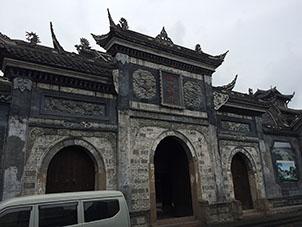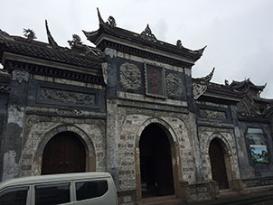Guildhalls (huiguan 會館) are socio-religious spaces that developed in China as gathering places for communities of migrant merchants from a common geographic location. These spaces, always located in city centers and close to other guildhalls (as revealed in maps), served as business and employment centers, and have been studied as places of economic exchange; however, they also served as religious spaces, temples where deities affiliated with the place of origin were worshipped.This project concentrates on the province of Sichuan and on the immigrant population from Jiangxi, gathering at temples called Wanshou gong 萬壽宮 (Halls of Eternal Life). Throughout the late imperial period, Sichuan province received a very high number of immigrants from other provinces; at Jiangxi guildhalls, Daoist divinities Xu Xun and Lü Dongbin were worshipped, and text from Lü Dongbin were received through spirit writing and printed. These spaces were also used for philanthropic and relief activities for the local population. Extrapolating from the initial Sichuan case study, it is possible to build a larger guildhall project, encompassing more than one community or one province, in order to identify guildhalls in general, locate them geographically, and observe migration to and localization in different regions. The digital tools available at the MPIWG will be essential in mapping these communities across regions and time, and in better understanding their role in local society.

An existing guildhall in the small town of Chongqing, Sichuan (homophonous with, but not the same as, the larger city of Chongqing, also in Sichuan), photo credt: E. Valussi.

